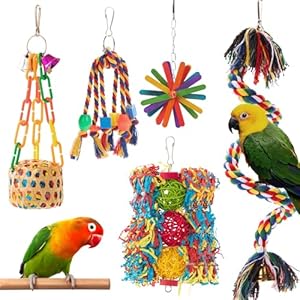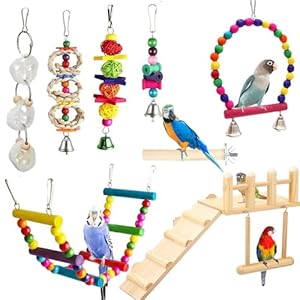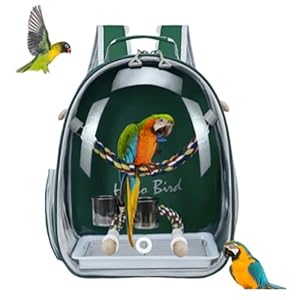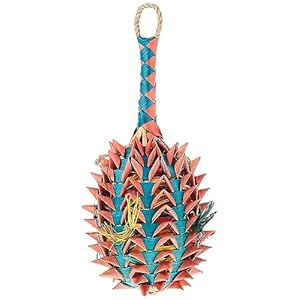
When it comes to keeping your pet safe from outdoor elements and weather, there are several key considerations to keep in mind. From identifying potential hazards in your pet’s environment to providing adequate shelter and shade, each step plays a crucial role in ensuring your furry friend’s well-being. Monitoring temperature changes and ensuring proper hydration are also vital components of pet safety outdoors. By following these guidelines, you can help protect your pet from harm and create a safe outdoor environment for them to enjoy.
Identifying Potential Hazards
To keep your pet safe outdoors, first, identify potential hazards in your surroundings. Check for toxic plants, sharp objects, small spaces where your pet could get stuck, and any areas where they might be exposed to extreme temperatures. Make sure there are no harmful chemicals within their reach, such as pesticides or cleaning products. Keep an eye out for any potential escape routes, like loose fences or gaps in gates, that could lead your pet into dangerous situations.
Additionally, be cautious of bodies of water like swimming pools, ponds, or rivers, especially if your pet isn’t a strong swimmer. Remove any access to pools or ensure your pet is supervised around water at all times. Watch out for wildlife that could pose a threat to your pet, such as snakes or aggressive animals. By being aware of these hazards and taking preventative measures, you can create a safer outdoor environment for your beloved pet.
Providing Shelter and Shade
Make sure your pet has access to shelter and shade to protect them from extreme weather conditions while outdoors. Providing a safe shelter allows your pet to seek refuge from harsh sunlight, strong winds, rain, or snow. A sturdy doghouse or a cozy shelter with proper ventilation can offer protection during hot summer days or cold winter nights.
Ensure that the shelter is elevated off the ground to prevent flooding during heavy rains and is insulated for warmth in colder temperatures. Additionally, setting up a shaded area in your backyard with a canopy, trees, or umbrellas can offer relief from the sun’s heat and harmful UV rays.
Remember to regularly check the shelter and shade to ensure they’re in good condition and provide adequate protection for your pet. By creating a comfortable and safe outdoor environment with shelter and shade, you can help your pet stay protected and healthy while enjoying the outdoors.
Monitoring Temperature Changes
When your pet is outdoors, it’s important to be mindful of temperature changes to ensure their safety and well-being. Dogs and cats are susceptible to heatstroke in hot weather and hypothermia in cold temperatures, so it’s crucial to monitor the environment regularly.
During hot days, keep an eye out for signs of heat stress like excessive panting, drooling, or weakness. Provide access to shade and fresh water to help them cool down. On chilly days, watch for shivering, lethargy, or seeking warm spots. Consider using pet-safe heating pads or jackets to keep them comfortable.
Remember that asphalt and sand can get scorching hot in the sun, causing burns to your pet’s paws. In cold weather, icy surfaces can be harsh on their feet. Always test the temperature of surfaces before letting your pet walk on them.
Ensuring Proper Hydration
Proper hydration is essential for keeping your pet healthy and safe outdoors. Just like humans, pets need an adequate amount of water to maintain their well-being, especially when exposed to outdoor elements. When your pet is outside, make sure they’ve access to clean and fresh water at all times. Consider bringing a portable water bowl and a supply of water when going for walks or spending time in the park. Dehydration can lead to serious health issues for your furry friend, so pay attention to signs like excessive panting, dry gums, or lethargy.
During hot weather, your pet’s water intake may need to increase to prevent dehydration. Keep an eye on the water level in their bowl and refill it regularly. If you notice your pet isn’t drinking enough water, try adding some ice cubes or wet food to their diet to help boost their hydration. Remember, staying hydrated is crucial for your pet’s overall health and well-being, so make it a priority whenever they’re outdoors.
Conclusion
Now that you know how to keep your pet safe from outdoor elements and weather, remember to always be vigilant and proactive in ensuring their well-being.
By identifying potential hazards, providing shelter and shade, monitoring temperature changes, and ensuring proper hydration, you can help keep your furry friend safe and happy outdoors.
Stay informed, stay prepared, and enjoy your time outside with your beloved pet!
Trending Products














